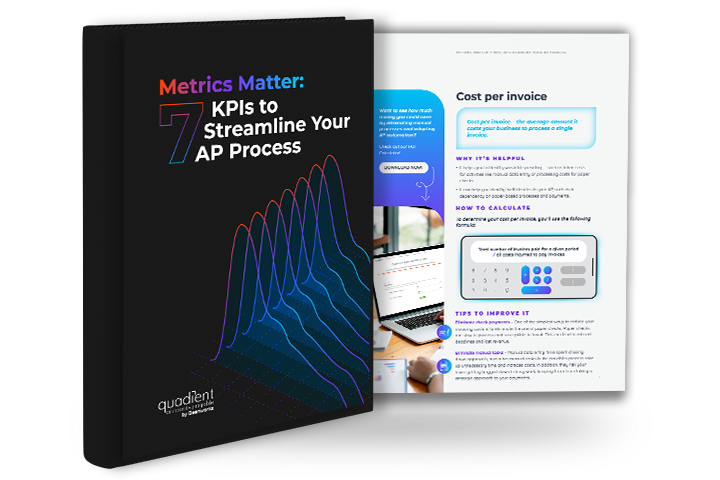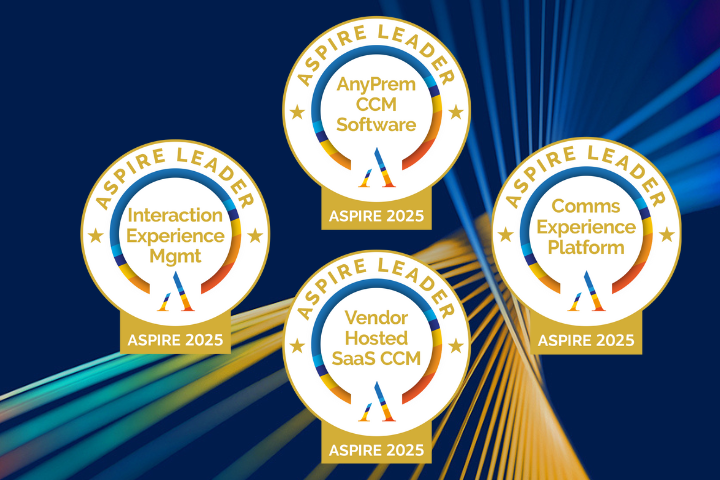
Organizations are quick to assume that their employee base is truthful and trustworthy. After all, who wants to believe that their biggest fraud risk is actually sitting at the desk next to them?
Unfortunately, the stats tell a different story. A whopping 85% of employees admit to having lied on an expense report. And according to the 2024 Report to the Nations by the Association of Certified Fraud Examiners (ACFE) the longer an employee has been with their employer the more costly the expense fraud is likely to be.
More than half of fraud cases are attributed to a lack of internal controls or the overriding of existing controls, pointing to manual and disconnected AP workflows as a major pain point. Organizations need to strengthen their AP processes and better protect themselves, and there’s no better way to do this than with an automated AP solution like Quadient AP.
Let’s look at some of the most common types of expense fraud and some sensational examples that are still talked about today before we dive into all the ways that AP automation can better protect you and your team.
Featured Resource: How to track, benchmark, and improve your Accounts Payable KPIs

Download Your Free eBook
Forged receipts
Deepfakes are very much a part of our digital world, including the ability to forge and manipulate paper records like receipts. It’s all too easy for someone to change a 3 to an 8 or add a few zeros.
For example: Michael McIntyre, who formerly worked at Morgan Stanley, was charged for allegedly fabricating USD $4,000 worth of restaurant receipts. McIntyre reportedly forged about 27 restaurant receipts in a period of two years.
Expense inflation
Inflation is all around us – we see it in gas prices, grocery prices, and everyday items that just cost more. Many employees feel that this justifies inflating their expense reports, too. In fact, businesses are spending more than $150 million per year on expense report overcharges!
For example: A former New York City Councilman, Larry B. Seabrook made headlines for reportedly doctoring a USD $7 receipt for a bagel and soda to make it look like a USD $177 bill.
Out-of-policy claims
Most organizations have a policy that outlines which expenses are eligible for reimbursement (such as travel, lodging, and meals) and which are not (such as alcohol and tobacco products). These policies can be lengthy and complex, and nearly impossible to memorize. And without automatic expense categorization as part of an AP automation workflow, an employee can knowingly request reimbursement for an item or service outside the policy and the AP team has very little chance of spotting it before it’s too late.
For example: Spain’s former chief justice of the Supreme Court, Carlos Dívar, resigned after being accused of claiming vacations as a business expense. Investigations uncovered as many as 32 personal trips, some including beach resorts, for which Dívar claimed about USD $35,000 in total.
Double dipping
Fool me once, shame on you. Fool me twice, you’ve double-dipped! Double-dipping is a common type of expense fraud where an employee requests reimbursement for a single expense more than once. Here’s how it works:
- An employee submits two different versions of a receipt. It could be one hard copy and one electronic copy, or two electronic copies that have had the expense date slightly adjusted on both.
- Each submission is routed to a different approver; neither of whom has insight into what the other is receiving.
- The approvers are unaware of the duplication, and they both approve the expense without realizing they’ve been duped.
For example: Paul and Sandra Dunham were charged for defrauding their employer by USD $1 million over a period of seven years. According to reports, the husband-wife duo obtained duplicate reimbursements for expenses that were already paid by the business.
Transforming expense management
We get it - no one loves expense management. Whether you’re sorting through a pile of crumpled receipts from the bottom of someone’s suitcase, or deciphering poorly written expense reports, opportunities for data-entry errors and fraud are everywhere.
Here are a few suggestions that your AP Team can explore to help protect you from expense fraud:
Request original receipts
- It’s easy to modify a receipt before scanning or copying it and attaching the forged version to an expense report. Asking for the original receipt helps mitigate this risk.
- Focus less on the amount of a receipt and more on the time and date of the transaction. Not only are these harder to falsify, but fraudulent claims are easier to spot if they land on dates where you know an employee was not at a work function.
- If a receipt lacks basic elements like business name and location, transaction date and time, payment method, taxes, total cost, or purchase details, it should raise a red flag.
Create a clear policy
- Make sure your expense policy is clear, fair, and free of ambiguity. A well-written policy that’s easily accessible to all employees and requires a signature of acknowledgment gives you and your AP Team a clear point of reference.
Compare spending habits
- Compare spending habits across different teams or events to help identify amounts that are out of the ordinary. For example, if the average spending amount on a business trip is around $500, and an employee submits a bill for $5000, you’ve likely spotted something suspicious.
Design customized approval processes
- Make sure that you have the right level of oversight in place. For example:
- An employee should never approve their own report.
- There should never be two or more completely siloed approval workflows.
Use corporate cards
- Corporate cards provide another layer of security when it comes to avoiding expense fraud. They allow you to set spending limits, track expenses in real-time, and can integrate directly with your accounting system so that no amount ever goes unnoticed.
Conduct regular audits
- It’s easier to hide in a sea of unknowns, which can be the case if you don’t perform regular expense audits. By consistently keeping your eye on spending habits, average amounts, and other baseline expense metrics, you’ll be more easily able to identify expense anomalies.
AP Automation Offers Expense Fraud Protection
Quadient AP can provide your organization with a fully automated and tightly controlled expense reimbursement workflow, to help protect your team from the pain, embarrassment, and damage of fraud. Here’s how:
- Digital payments help mitigate payment fraud
- Customized approval routes ensure appropriate oversight
- Cloud-based access provides data insights from anywhere, anytime
- Integration with accounting systems automatically flag abnormalities
- Real-time analytics inform decisions about spending habits
Book a demo with the Quadient AP team today to see how automated expense management will streamline and safeguard your AP workflows.







